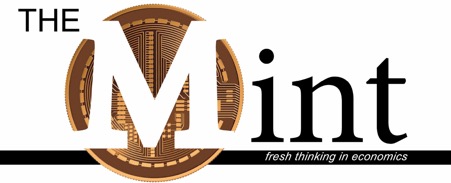Environmental, Social and Governance thinks it’s an adjective but tries to be a noun. Jason Miklian and John E. Katsos explain why it means so much more. Or less.
Joe Biden issued the first veto of his presidency on March 20th. The bill wasn’t on guns, taxes, or other hot-button issues, but on Envi...
You need to login to see this content. If you are not a member, join here.
Jason Miklian
Jason is a Senior Researcher at the Centre for Development and Environment, University of Oslo (Norway).
John Katsos
John is Associate Professor of Business Law, Ethics, and Social Responsibility at the American University of Sharjah and Research Affiliate at Queen’s University Belfast.



